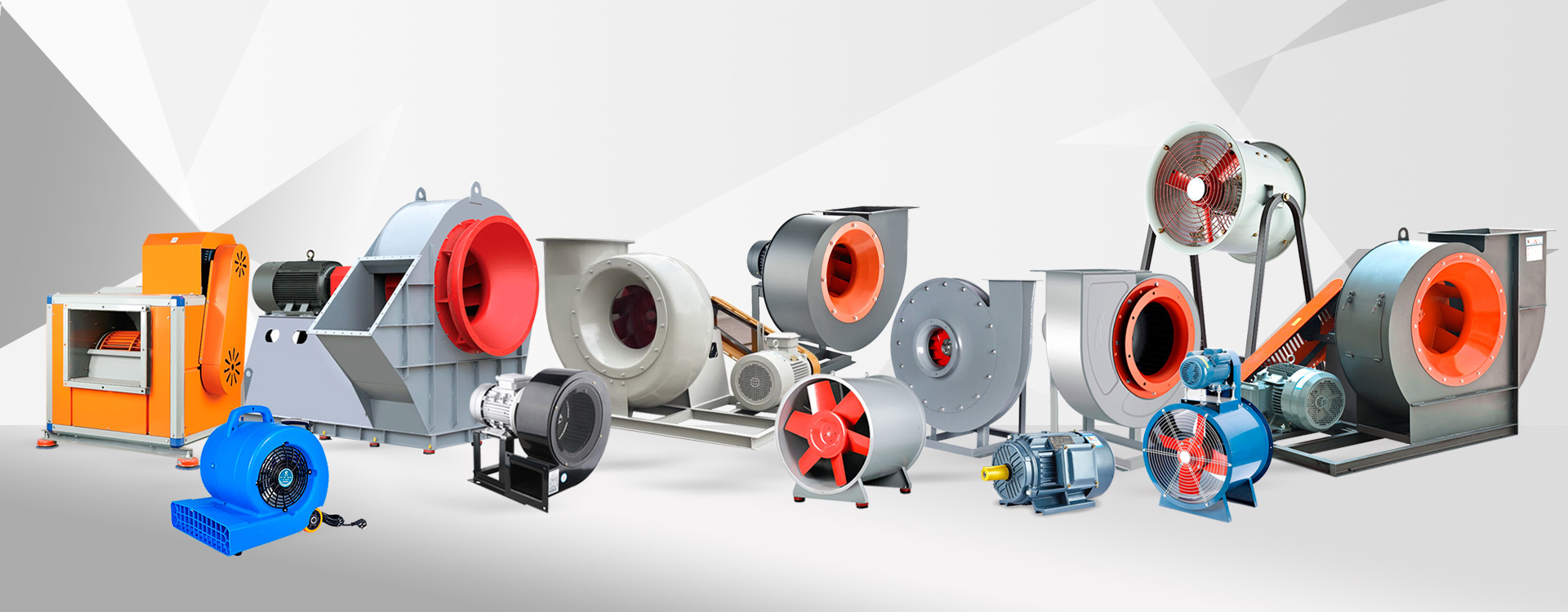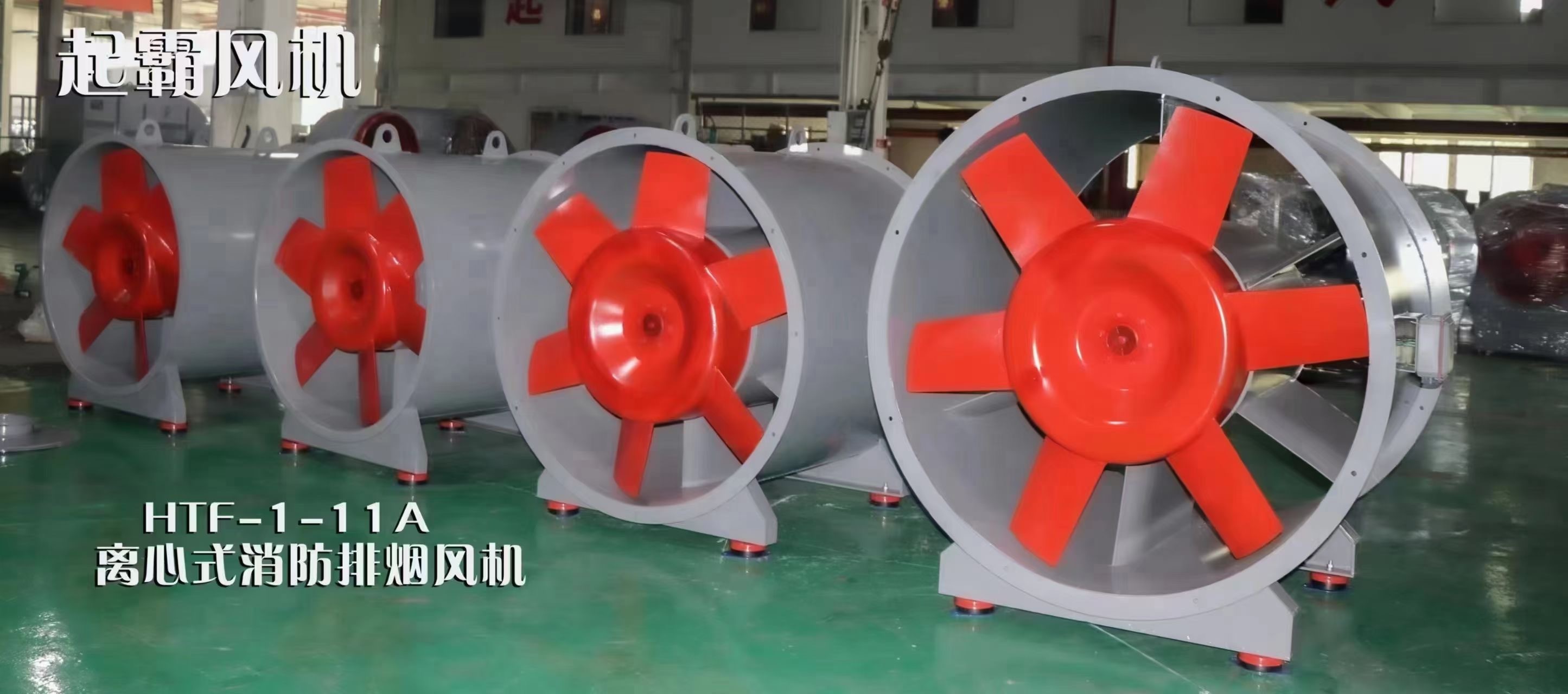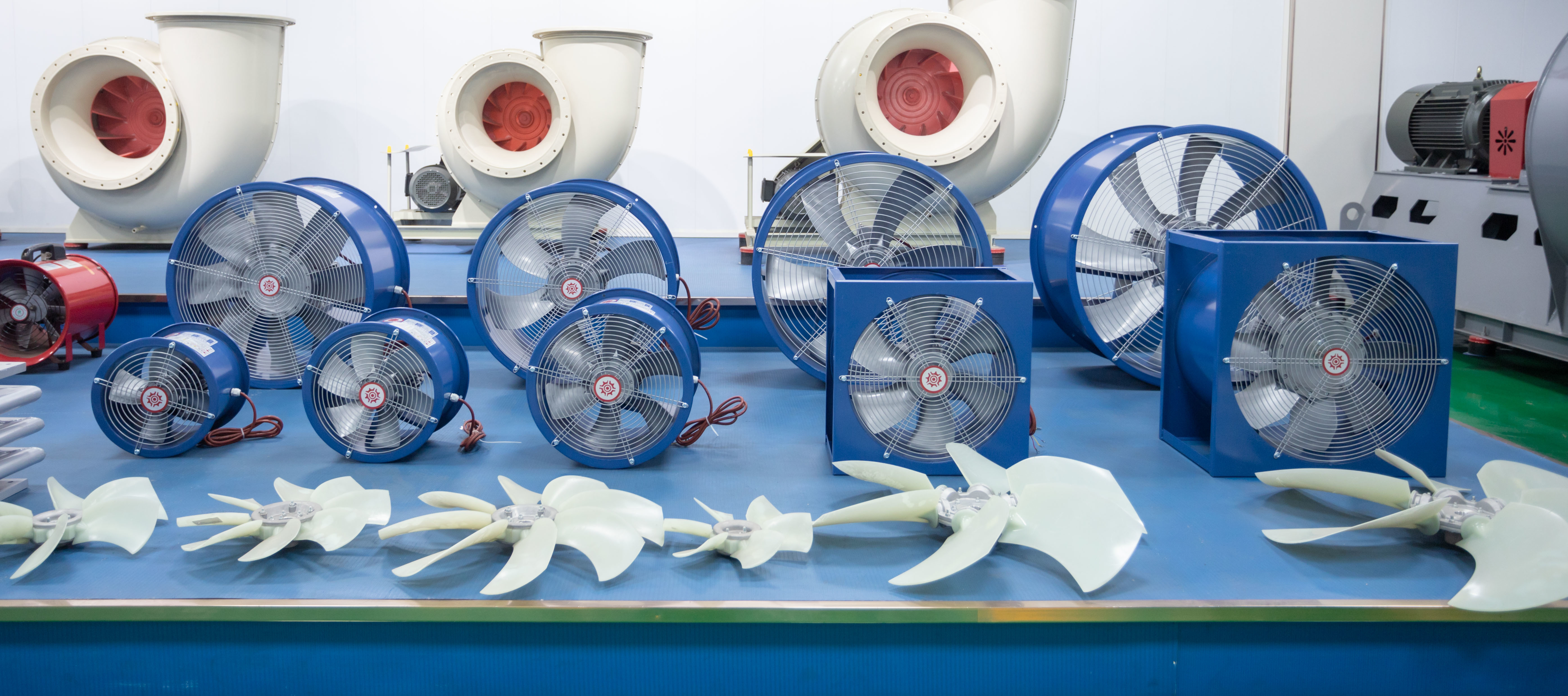The working mechanism and operation control method of fan frequency converter

Introduction
In modern industrial applications, energy efficiency and precise control of equipment are paramount. Fan frequency converters, also known as variable frequency drives (VFDs), play a critical role in achieving these objectives. By allowing for the adjustment of motor speed and torque, VFDs enable fans and blowers to operate more efficiently and responsively. This article explores the working mechanism of fan frequency converters and their operation control methods, providing insights into their importance in various applications.
Working Mechanism of Fan Frequency Converters
At its core, a fan frequency converter is an electronic device that modulates the power supplied to an electric motor. The fundamental principle behind VFDs is the conversion of fixed frequency AC power from the electrical grid into variable frequency and voltage outputs. This conversion allows for the precise control of motor speed.
The working mechanism can be broken down into three main components: the rectifier, the DC bus, and the inverter.
1. Rectifier: The first stage of a VFD is the rectifier, which converts the incoming AC power into DC power. This is typically achieved using diodes or thyristors. The rectified DC voltage is then smoothed by capacitors to reduce voltage fluctuations, creating a stable DC bus.
2. DC Bus: The DC bus serves as an intermediary storage component that holds the converted DC power. It provides the necessary energy for the inverter stage while allowing for energy storage and management. The capacitors in the DC bus help to maintain a constant voltage level, ensuring that the inverter receives a steady supply of power.
3. Inverter: The final stage of the VFD is the inverter, which converts the DC power back into AC power at a variable frequency and voltage. This is accomplished using power transistors, such as IGBTs (Insulated Gate Bipolar Transistors), which switch the DC voltage on and off at high frequencies. By varying the frequency of the output voltage, the inverter controls the speed of the connected fan motor. 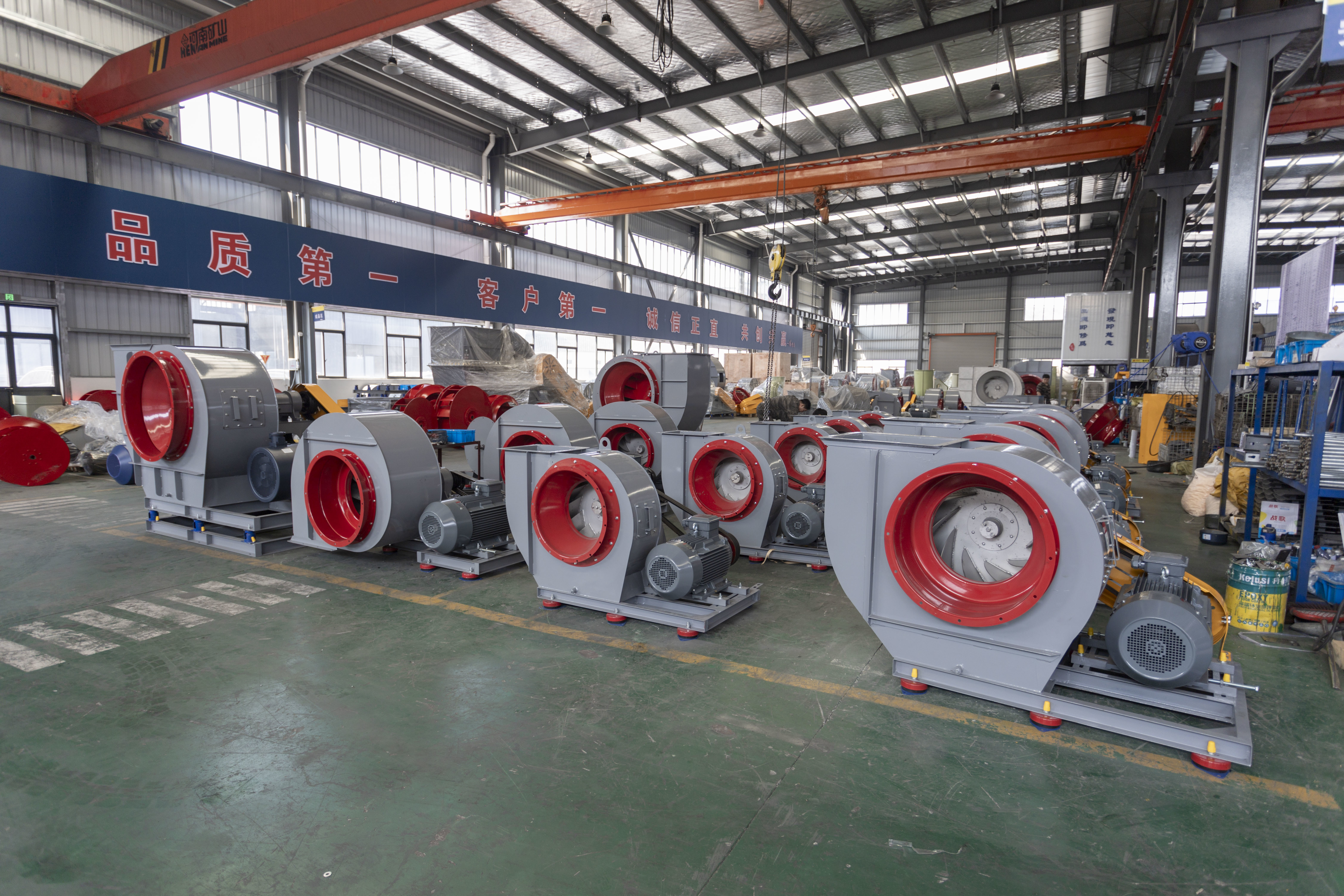
Through this three-stage process, a fan frequency converter can effectively control the speed and torque of a fan, allowing for optimized performance based on the specific requirements of the application.
Operation Control Methods
The operation of fan frequency converters involves various control methods that can be selected based on the application and desired performance. The most common control methods include V/f control, vector control, and direct torque control.
1. V/f Control: V/f control, or voltage-to-frequency control, is one of the simplest and most widely used methods for controlling fan speed. In this method, the output voltage is adjusted in proportion to the frequency. As the frequency increases, the voltage is also increased to maintain the magnetic flux in the motor. This method is effective for applications where precise speed control is not critical, and it is easy to implement.
2. Vector Control: Vector control, also known as field-oriented control (FOC), is a more advanced method that provides better performance in terms of dynamic response and torque control. This method decouples the control of torque and flux, allowing for independent control of the motor's magnetic field. By continuously monitoring the motor's speed and position, vector control can provide precise control even at low speeds. This makes it suitable for applications requiring high performance and efficiency.
3. Direct Torque Control: Direct torque control (DTC) is an advanced control strategy that provides superior torque and speed control with minimal response time. DTC operates by directly controlling the motor's torque and flux, allowing for rapid changes in speed and torque. This method is highly effective for applications requiring quick acceleration and deceleration, making it ideal for demanding industrial processes.
Applications of Fan Frequency Converters
Fan frequency converters are utilized across various industries, including HVAC (heating, ventilation, and air conditioning), manufacturing, and renewable energy. In HVAC systems, VFDs enable fans to adjust their speed based on real-time demand, leading to significant energy savings and improved comfort levels. In manufacturing, they enhance process control and efficiency by allowing for precise adjustments to fan speeds in response to changing conditions. Additionally, in renewable energy systems, such as wind turbines, frequency converters play a vital role in optimizing performance and integrating with the grid.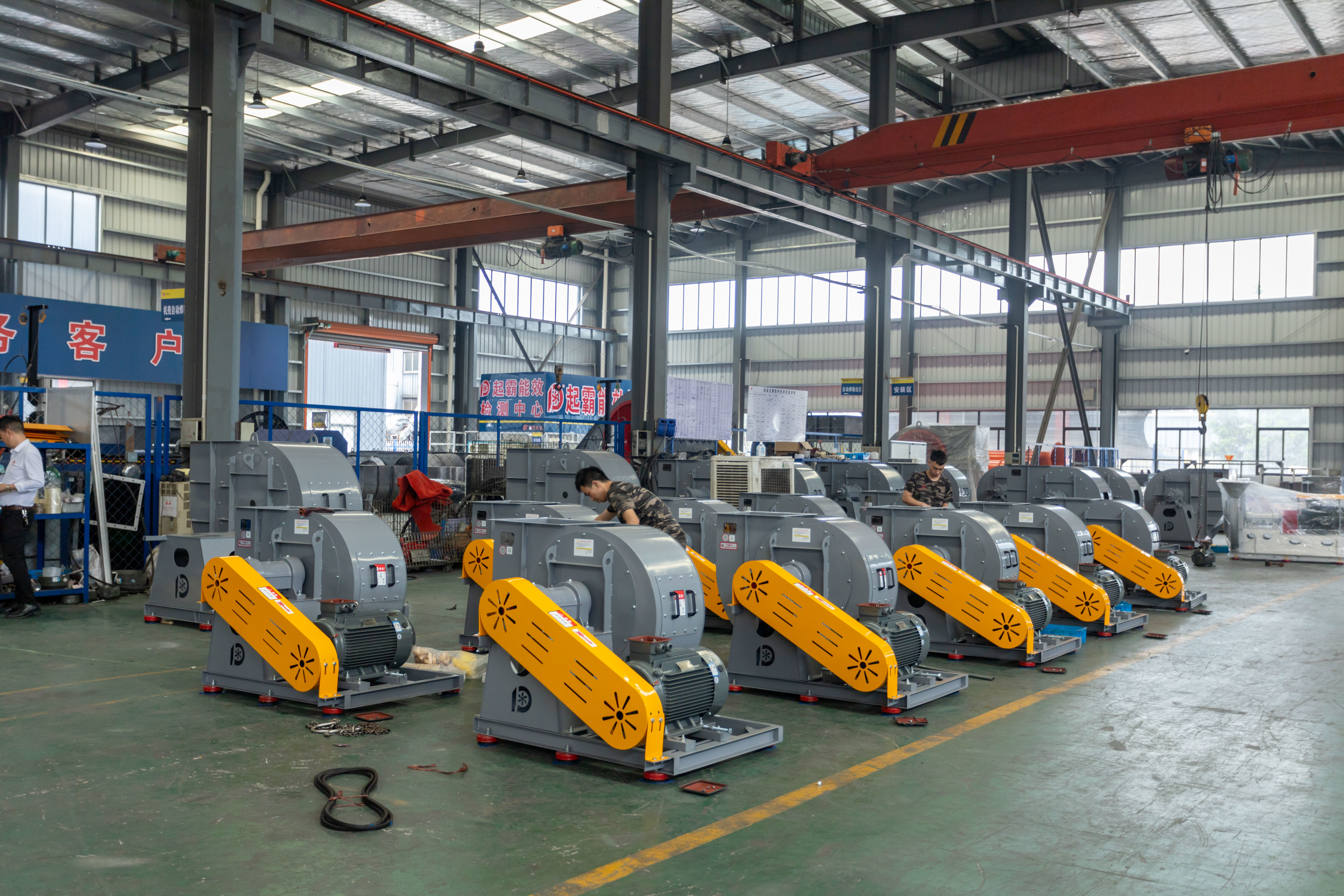
Conclusion
The working mechanism and operation control methods of fan frequency converters are essential for achieving energy efficiency and precise control in various applications. By converting fixed frequency AC power into variable frequency outputs, VFDs enable optimized performance of fans and blowers. Understanding the different control methods, such as V/f control, vector control, and direct torque control, allows for the selection of the most suitable approach based on specific application requirements. As industries continue to prioritize energy efficiency and performance, fan frequency converters will remain a crucial component in modern automation and control systems.
Tag:


